 Safaris
Bergsteigen
Wandern
Inselwandern Weltweit
Safaris
Bergsteigen
Wandern
Inselwandern Weltweit
 Europa
Inselwandern
Europa
Inselwandern
 Städtewandern
Städtewandern
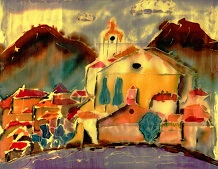 Paintings
Paintings Dirk Rauschenbach
Dirk Rauschenbach
 Safaris
Bergsteigen
Wandern
Inselwandern Weltweit
Safaris
Bergsteigen
Wandern
Inselwandern Weltweit
|
 Europa
Inselwandern
Europa
Inselwandern
|
 Städtewandern
Städtewandern
|
 Paintings
Paintings |
 Dirk Rauschenbach
Dirk Rauschenbach
|
|
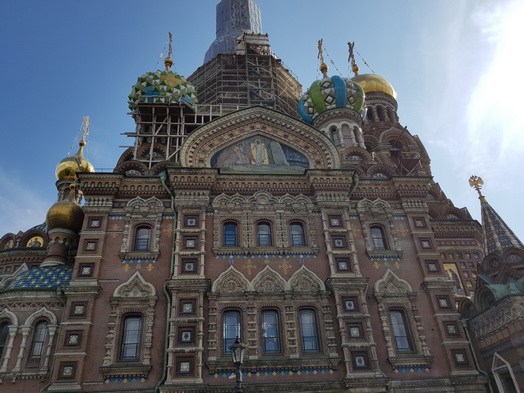 |
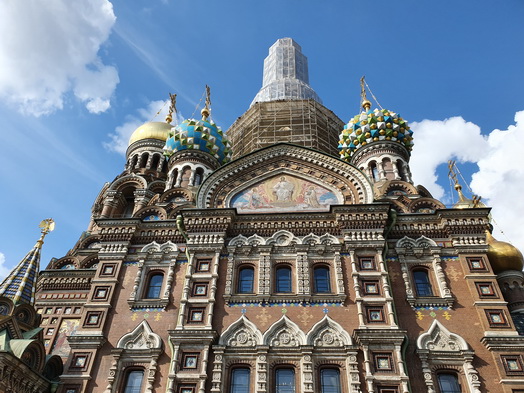 |
| St. Petersburg Blutskirche | St. Petersburg Blutskirche |
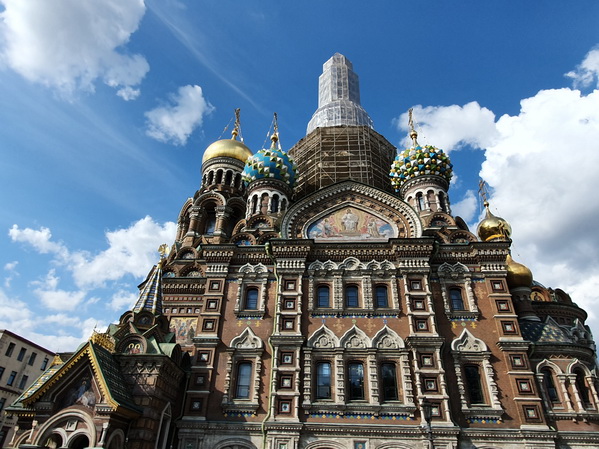 |
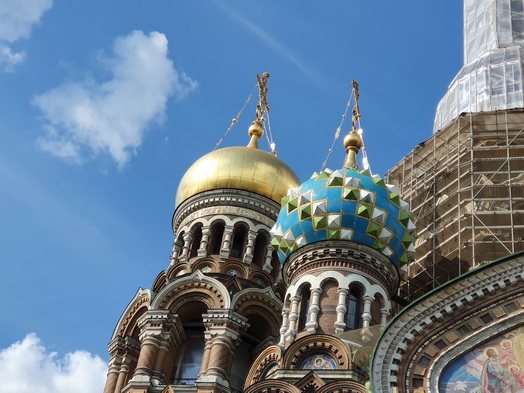 |
| St. Petersburg Blutskirche | St. Petersburg Blutskirche |
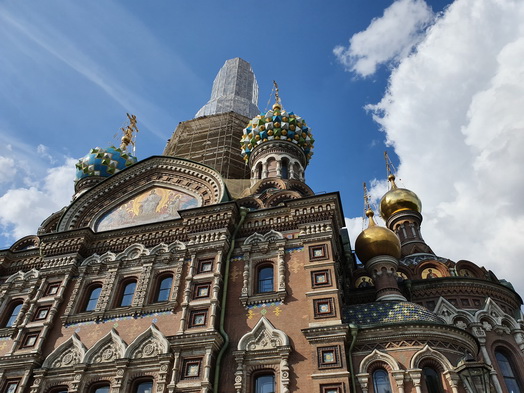 |
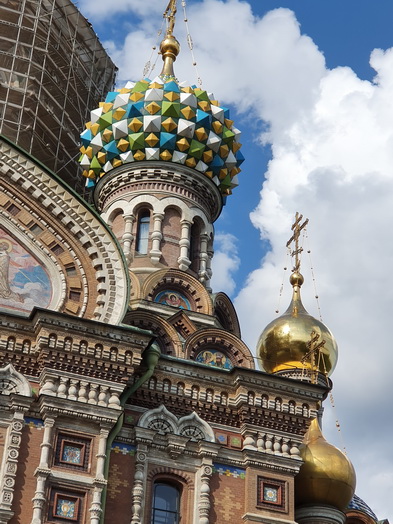 |
| St. Petersburg Blutskirche | St. Petersburg Blutskirche |
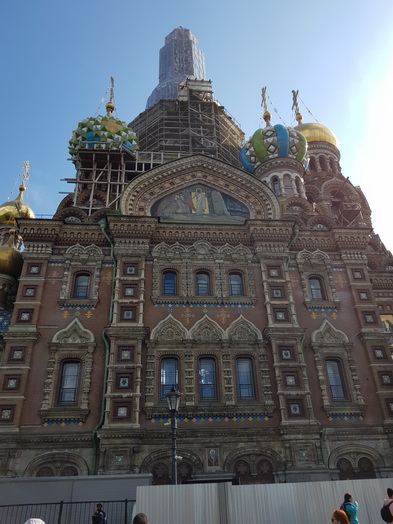 |
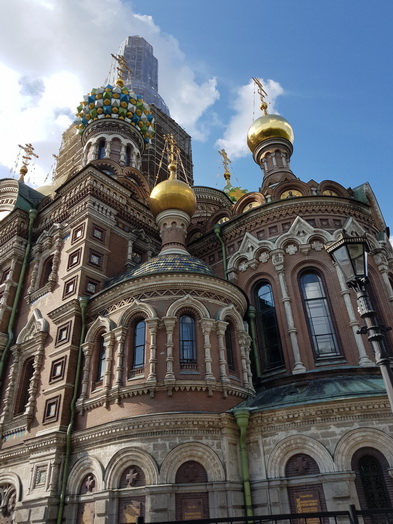 |
| St. Petersburg Blutskirche | St. Petersburg Blutskirche |
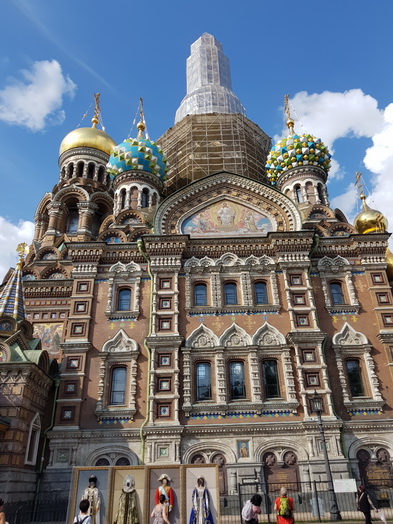 |
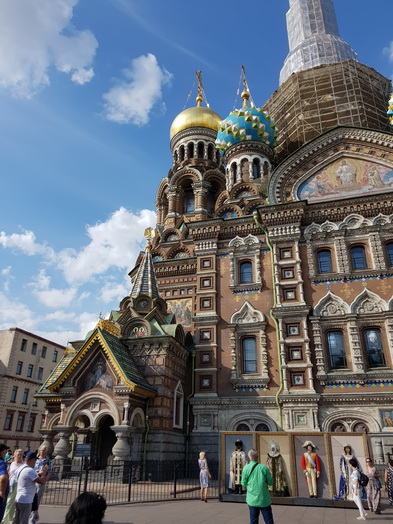 |
| St. Petersburg Blutskirche | St. Petersburg Blutskirche |
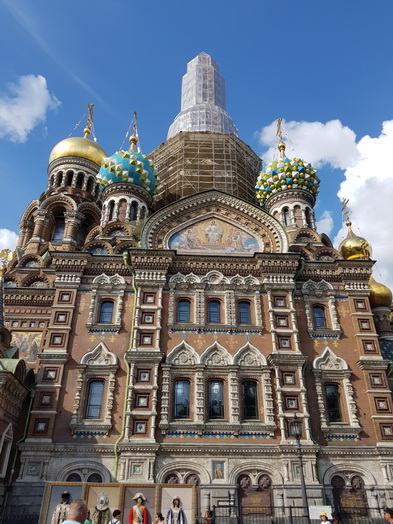 |
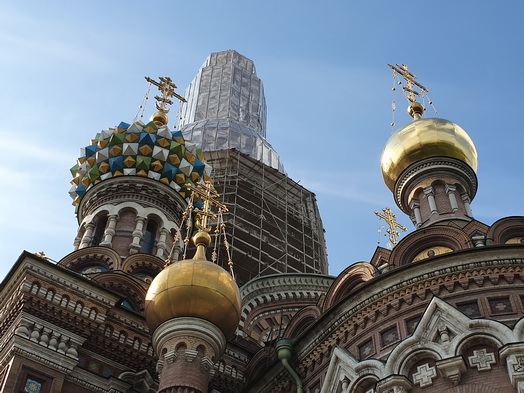 |
| St. Petersburg Blutskirche | St. Petersburg Blutskirche |
 |
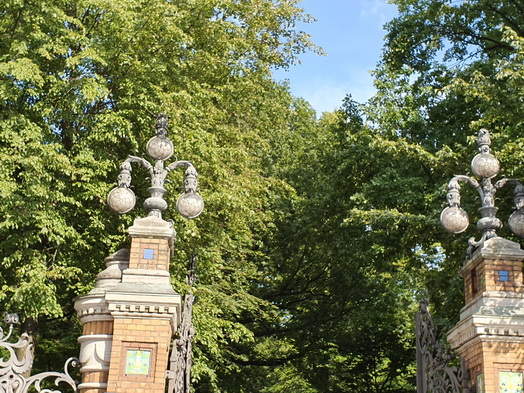 |
| St. Petersburg Blutskirche | St. Petersburg Blutskirche |
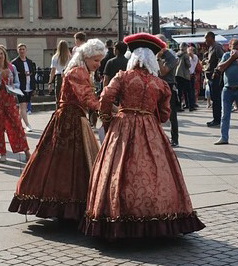 |
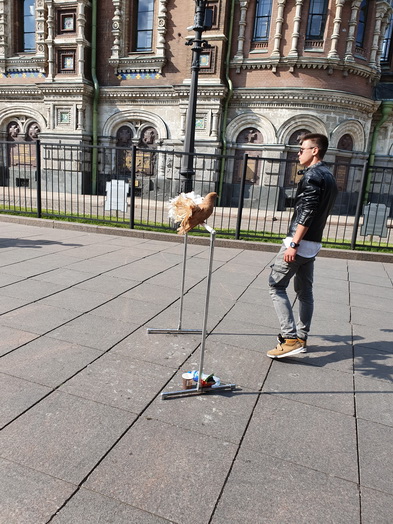 |
| St. Petersburg Blutskirche | St. Petersburg Blutskirche Chickenplay |
| St. Petersburg Blutskirche | St. Petersburg Blutskirche |
| St. Petersburg Blutskirche | St. Petersburg Blutskirche |
| St. Petersburg Blutskirche | St. Petersburg Blutskirche |
| St. Petersburg | St. Petersburg |
| St. Petersburg | St. Petersburg |
| St. Petersburg | St. Petersburg |
| von wiki Blutkirche, Auferstehungskirche (Sankt Petersburg) Sankt Petersburg: Auferstehungskirche Die Auferstehungskirche, auch als Blutkirche, Erlöserkirche und Erlöser-Kirche auf dem Blut (russisch Собор Воскресения Христова) bekannt, ist eine Memorialkirche in Sankt Petersburg. Sie ist nach dem Vorbild der Moskauer Basilius-Kathedrale gestaltet und als einziges großes Kirchengebäude der Petersburger Innenstadt, das nicht italienischen und klassizistischen westlichen Baustilen folgt, entsprechend auffällig. Die Orientierung an der ornamentalen und bunten Dekorationsweise der altrussischen Kunst aus der Epoche vor Peter I., die sich der westlichen Kultur noch nicht geöffnet hatte, entsprach der in der zweiten Jahrhunderthälfte am Zarenhof gepflegten Rückwendung hin zu nationalen Traditionen und ist damit dem gleichzeitigen mitteleuropäischen Historismus vergleichbar. Erbaut wurde sie von 1883 bis 1912 an der Stelle, an der Alexander II. einem Attentat zum Opfer gefallen war. Sie wurde zur Hundertjahrfeier des Sieges über Napoleon Bonaparte im „Vaterländischen Krieg“ und zum 300-jährigen Jubiläum der Romanow-Dynastie eröffnet. Die Kirche steht in der Nähe des Newski-Prospektes am Gribojedow-Kanal. Sie bedeckt eine Fläche von etwa 7000 Quadratmetern; die innere flächendeckende Ausgestaltung im Ikonenstil und äußere Verzierung besteht vor allem aus Mosaiken. Erbaut wurde die Kirche nach den Plänen Alfred Parlands (1842–1919), einem damals in Russland bedeutenden Architekten, der auch in Moskau, Wladimir und anderen Städten baute. Er war Mitglied der Akademie der Künste in Petersburg und entstammte einer deutsch-baltisch-schottischen Familie, die seit etwa 1800 im Dienst des Zaren am Peterhof stand. |
|
| St. Petersburg | St. Petersburg
The Blutskirche (or Blood Church) in St. Petersburg, more commonly known as the Church of the Savior on Spilled Blood (Russian: Церковь Спаса на Крови), is one of the most iconic and beautifully ornate churches in Russia. It is famous for its stunning onion domes, intricate mosaics, and historical significance. Key Features of the Church of the Savior on Spilled Blood:
Fun Facts:
How to Visit:
Conclusion:The Church of the Savior on Spilled Blood is a must-see when visiting St. Petersburg due to its stunning architecture, rich history, and beautiful mosaics. Whether you're interested in history, religious art, or simply looking for a striking photo opportunity, this church offers an unforgettable experience. Let me know if you need more details or tips on planning your visit to this breathtaking site! |
![]() 26.07.25 Copyright Dirk
Rauschenbach Koelnerstrasse 293 51702 Bergneustadt
Datenschutzerklaerung 02261 9788972 Mail ccooly(
at) web.de
26.07.25 Copyright Dirk
Rauschenbach Koelnerstrasse 293 51702 Bergneustadt
Datenschutzerklaerung 02261 9788972 Mail ccooly(
at) web.de